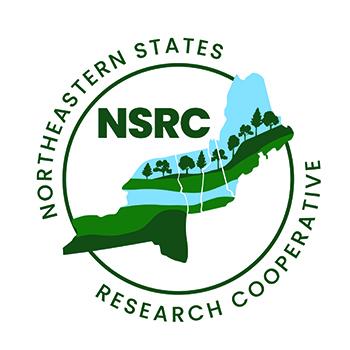Quantifying Changes in Forest Condition, Connectivity and Resilience in the Northeast Using Geospatial and Remotely Sensed Data

To ensure the long-term sustainability of the Northern Forest, land managers, agencies, and conservationists need a way to measure and monitor forest condition and connectivity for wildlife movement, assess how it is distributed across the region, and estimate the impact of forest management practices. Where are forests improving or degrading? What is the prevalent condition? Where are the most climate-resilient sites? How do individual management decisions affect the connectivity of the landscape for wildlife?
NSRC researchers will use newly available remotely sensed time-series information covering 30 years to assess and evaluate forest condition and forest connectivity based on human impacts on wildlife, climatic gradients, and forest condition to project spatial patterns of species movement in response to climate change. Guided by a steering committee of agency and NGO scientists and tapping USDA Forest Service experts on key topics, researchers will translate the comprehensive spatial information into a user-friendly decision support tool for decision makers and other concerned audiences.
Results from the tool will allow users to quantify the condition of the forest at any location and run scenarios to estimate the impact of various management practices or types of land conversion implemented at specific places. Design of the decision support tool will be tested with focus groups to ensure its utility in providing useful information for making informed decisions about the individual and cumulative impact of conservation and management activities on the Northern Forest.
